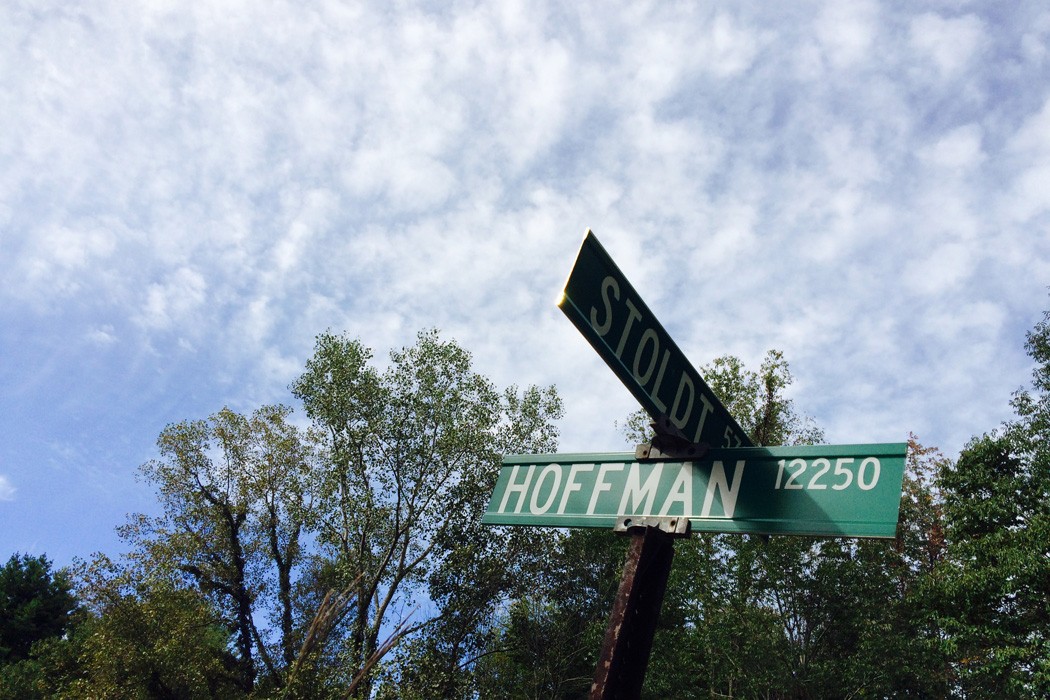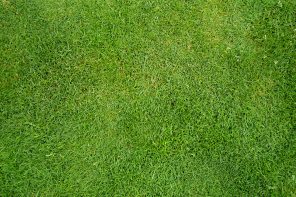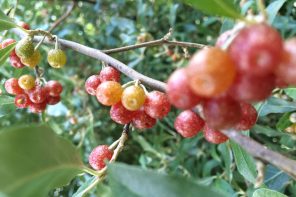You pass through places, and places they pass through you,
But you carry ‘em with you on the soles of your travelin’ shoes.
The Be Good Tanyas
from “The Littlest Birds Sing the Prettiest Songs”
Here is the straightaway where I’ve never seen a police car, and yet every time I pass through with the speedometer inching toward 60, I think of my grandmother’s warning about my aunt’s speeding ticket thirty years ago.
Here is the 90-degree bend in the country road to which I rode my bike that one time, an exotic place at 11 years old, now nearly as familiar as my own elbow.
Here is the four-way stop where I always end up turning down the radio, too loud now without the whooshing of highway speed in my ears.
Here is where I wave to the wild-looking neighbor and his bear of a dog, standing at the edge of the small patch of wooly land that remains from what they sold off a few years ago to be turned into irrigated corn and soy.
And here is where I turn into work, to feed the cat, tend to the horse if it’s my turn, check the messages on the machine, begin another day.
I’ve been working at a retreat center west of town for three and a half years now, but I’ve been traveling Hoffman Road my whole life. It’s one of those country roads that winds its way among the fields, skirting the edges of 40-acre parcels at right angle turns, the main artery within a system of smaller veins and vessels. My grandparents could never have predicted forty-some years ago when they bought the cottage on Pleasant Lake that Hoffman would become such an integral part of their granddaughter’s daily life, an artery of memory and vocation, connecting my contemplative work in the country with my activist life in the city.
This past spring the county re-surfaced Hoffman using a method called chip sealing, which involves coating the existing road with a thin layer of hot asphalt, and then spreading fine aggregate overtop that gets incorporated as cars drive over the road. In the midst of conversation with a small group about starting a new online publication focused on our interactions with our places, I couldn’t help but notice the way my ordinary movements were literally becoming part of where I live all summer. In the first days after the road treatment, pebbles rocketed against my undercarriage, a racket of construction that felt more like destruction. As the heat set in and the asphalt boiled, the tires of thousands of cars smudged dark tire tracks heading east and west, north and south, estimating two lanes on the blank country road. The surface set up under the wheels of lake people, of Latvians visiting to celebrate the camp’s fiftieth anniversary, of pilgrims to the many neighborhood retreat centers, of retirees on their way to morning coffee at Main St. Café, of ordinary commuters like myself.
This morning as I write, Hoffman is finally re-striped, and Topology Magazine is nearing its launch date. By the time you read this piece, a small, bi-national group of writers will have created a new space for sharing artful dispatches from the places where we find ourselves. In prose, poetry and image, we intend to collectively reflect on how we shape our places, and how our places shape us. Our contributors might elaborate extensively on a tiny fraction of a moment, or explore a broad theme, but what they will hold in common is a keen ability to invite their readers and viewers to experience where they have been, where they are and where they hope to go—and in turn, we hope our readers and viewers will share their own stories and images through Topology.
In a time that emphasizes the drive-through, the franchise, the one-stop-shop, the one-click order, the Topology collective seeks to undermine chronic distraction using some of the same tools that threaten to drown us in a consumerist flood: words, images and the Internet. It’s a risky thing we’re doing, because maybe we’ll just end up contributing to the deluge. But it is our bold hope that Topology will become an island for weary survivors who are intent on building a culture characterized by remembering to breathe, to notice, to give thanks, to share the struggle.
Honestly, I’ve wrestled over the past few months of planning and organizing for the launch with the question of why, in the midst of all of my other responsibilities, I would take on yet another endless stream of deadlines. There are orders to be placed for the fair trade store I help run, funds to be raised for the community development project, meetings to be attended, local justice issues to be addressed—not to mention my perpetual neglect of my own house and yard and body and spirit. Why should writing and editing make the cut when there are so many other worthwhile priorities vying for my limited attention?
But as I sit here taking a mental tour of Hoffman to record all of the thoughts I’ve had across my many actual transections of that road, I remember again: because writing, for me, is like driving over the stones. I put the memories on paper to set them in the lanes of my story, to have a place where I can touch them daily, whether I’m consciously aware of them or not. It is this formative act of embedding that creates the conditions for me to truly love the place where I find myself, and all that is in it—the creatures, the soil, the water, the air, the buildings, the social structures—because they are part of this place, too. They are all pieces of the story that offer a way into this place, and a way out, for friends and strangers alike. They are the gentle evidence of a something and a Someone greater than myself that I live to serve.
I hope you will consider adding your pebble to the collection as we seek to cultivate a collaborative, hospitable space for the kind of slowing down and noticing that can grow our compassion for all that is within this wonderful world—each voiceless one, each molecule, each bend in the road.





